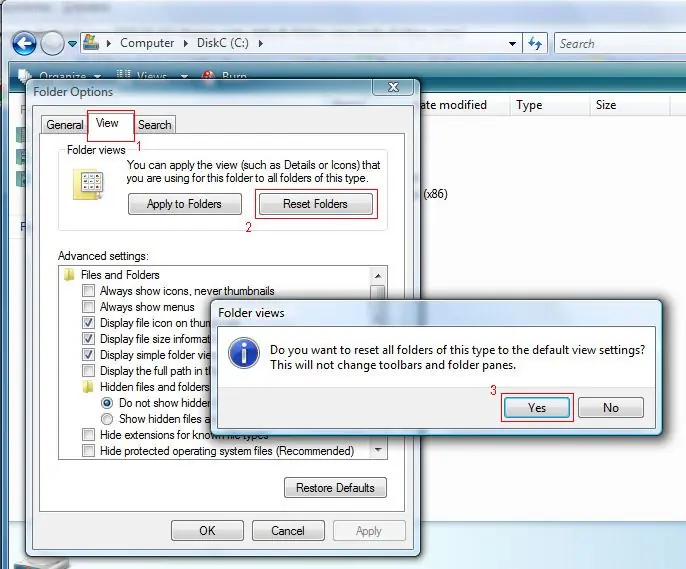The main purpose of eXtensible Markup Language (XML) is to store a relatively small amount of data. Its use allows you to do without a full-scale database when storing and exchanging structured information between applications. Such data is stored in ordinary text files with the xml extension, and therefore you can create or modify them with almost any text editor.

Instructions
Step 1
Use any specialized editor for working with web documents to make changes to the xml file. Every program of this kind today has built-in tools for working with the syntax of the XML language. Using a specialized editor greatly simplifies and speeds up the work with xml-code, since the program not only highlights the syntax and formats the language tags correctly, but also offers contextual hints when entering tags. This works in much the same way as contextual hint in search engines - you start typing a tag, and the program shows a list in which you can select the spelling of this tag you need.
Step 2
Use a text editor of any advanced level if you do not have access to a specialized editor. Even the simplest Notepad can be used to create and modify xml files. Of course, this is not so convenient due to the lack of verification of the correctness of the tags you enter and other benefits offered by special editors. You can work with documents in XML language both directly on the server and by downloading them to your computer, and after making changes, rewriting the original that remained in the same place.
Step 3
Use the same functions that you use to modify simple text files if scripts written in any server-side programming language must edit xml documents. When using PHP, you can also use built-in functions designed to work with this particular format - for example, domxml_new_doc (creating a new xml document), domxml_open_file (opening an xml file), domxml_xmltree (creating an object based on the contents of an xml file), and others …






